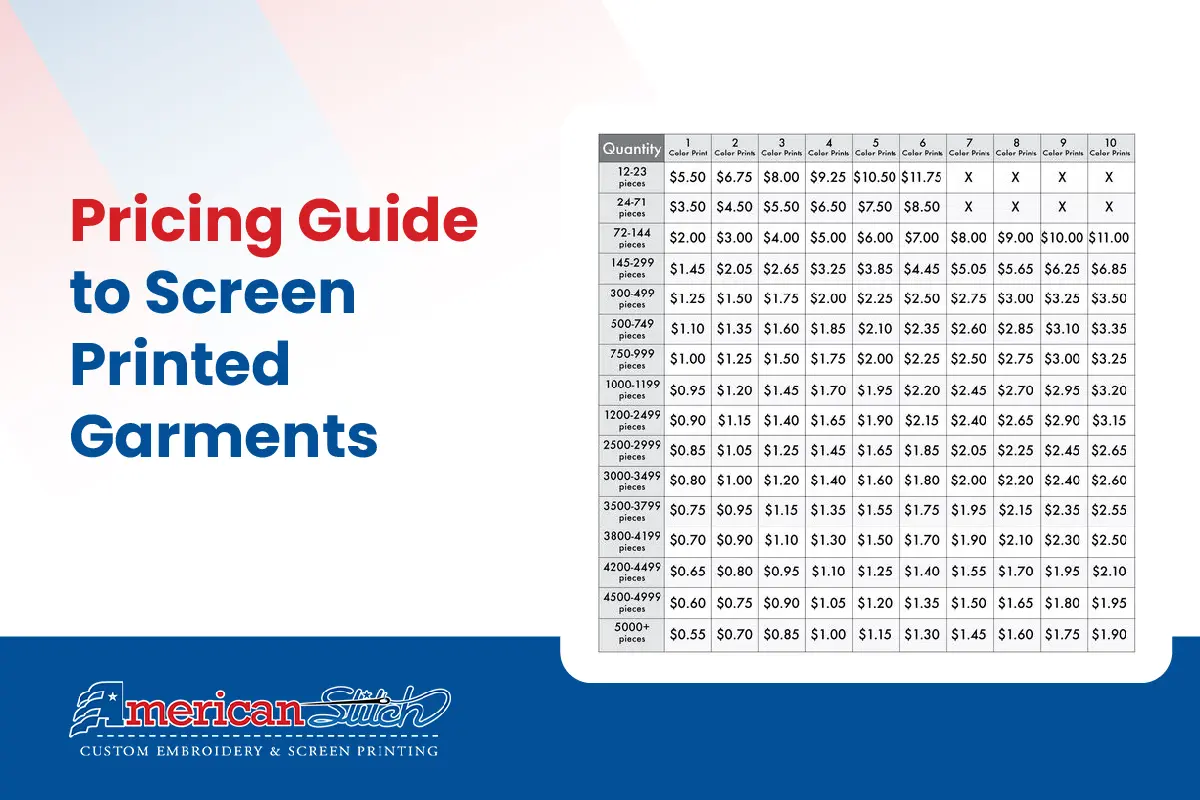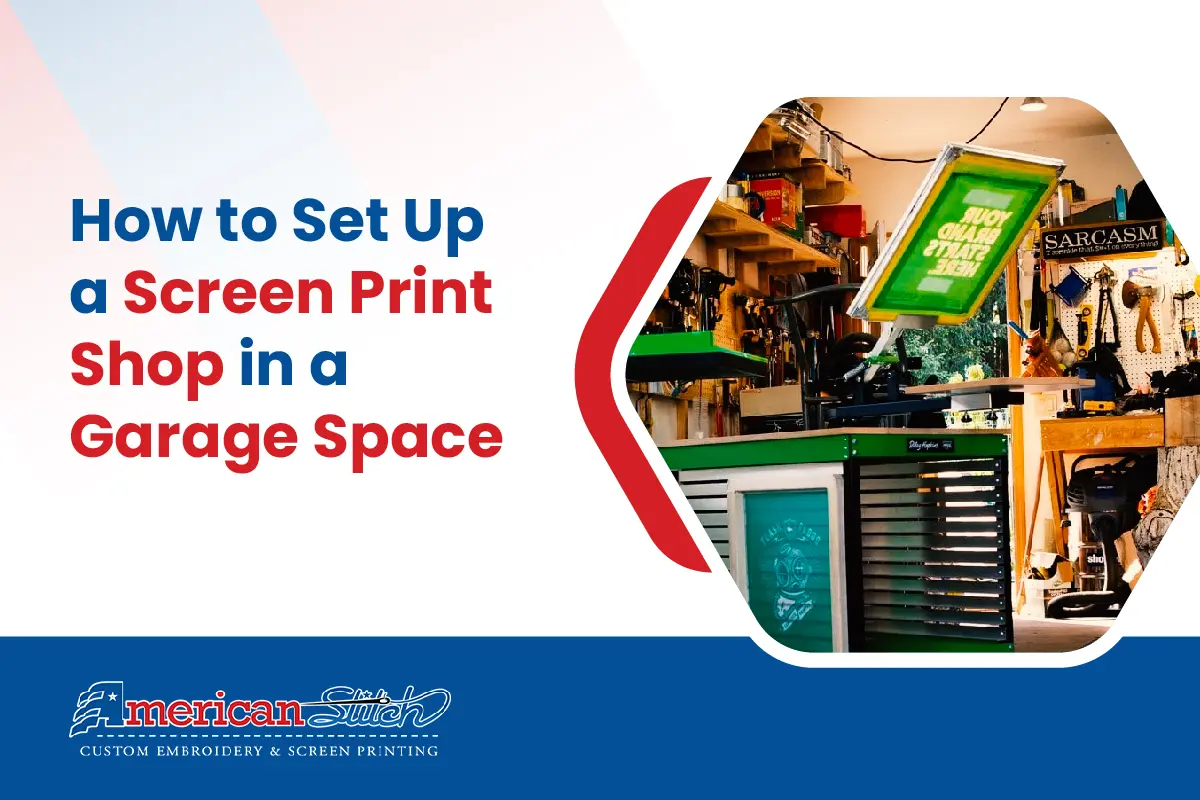Screen printing is a cool technique that transfers ink onto a surface using a mesh and a stencil. Many people around the world, like merchants and manufacturers, use this traditional and precise printing method.
Today, I’ll guide you through the entire screen printing process step by step.
Contents
Step 1: Design Creation
Start by creating the design you want to print. You can draw it or print an image from a computer onto a transparent acetate film. Just make sure the image is in black.
Step 2: Preparing the Screen
The screen is made of mesh stretched over a frame. It used to be silk, but now it’s often nylon or polyester.
Step 3: Exposing the Emulsion
Photo emulsion is a liquid that hardens when exposed to UV light. Apply it on both sides of the mesh using a scoop coater or squeeze. Do this away from UV light, preferably in a room with low lighting or a darkroom.
Step 4: Creation of the Stencil
Once the emulsion is dry, place the transparency upside down on the screen and put a piece of glass on top to make it flat. Now, expose the screen to UV light – either sunlight outside or lamps inside. The exposed part hardens, and the unexposed part can be washed away with water. Congrats, your design is now on the screen!
Step 5: Printing the Fabric
Lay the fabric on the printing table and carefully place the screen on top in the desired position. Apply a thick layer of ink in the chosen color on the screen, and use a squeeze to drag the ink across the screen, covering the stencil. The ink is pressed through the open areas of the stencil, transferring onto the fabric underneath. This process is done one color at a time, so you might use several screens for a multi-colored design.




